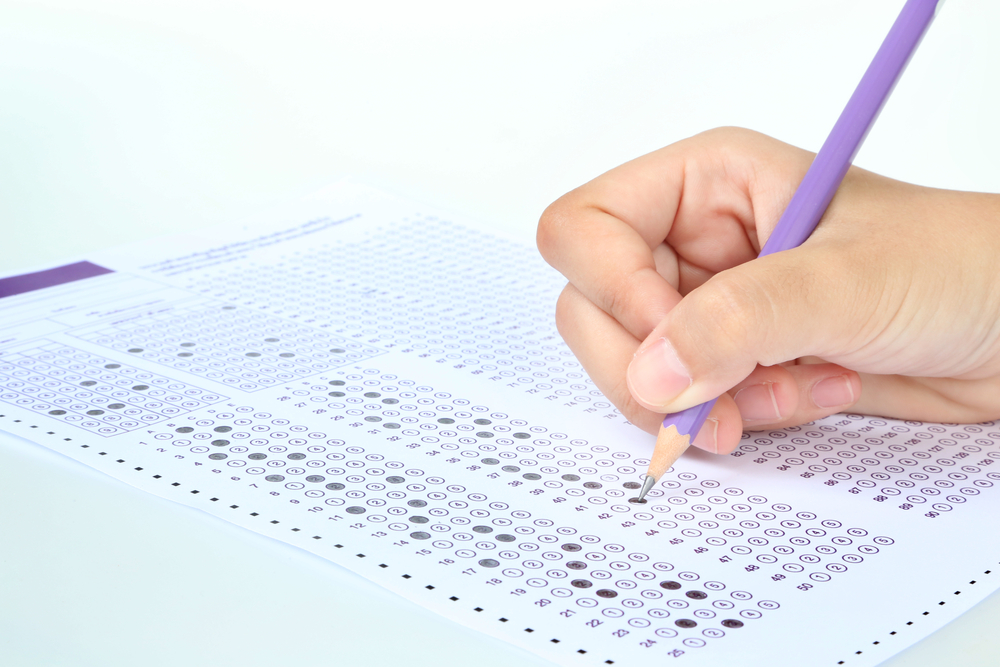Most educators have had limited training in the use of statistics and research data and that is why it is essential to have the appropriate and trained personnel at Individualized Education Program (IEP) meetings where data and their meaning can be explained and understood. Most parents are not experts in understanding educational data and statistics, in evaluating assessment results or in how to use them to make an informed decision about educational programming for their child. IEP meetings, where such information is used to make decisions, are often foreign when compared to meetings held in the workplace. However, the process of decision-making should and can be made in the same manner, regardless of the setting. What is striking is that the processes for making decisions are easier than one would think—even when faced with educational jargon.
For example, each of us makes decisions throughout the day without a great deal of thought, in some cases, and more in others, but the approach we take is quite similar. Take, for example, our near daily experience of driving. Without much thought we go to the car, open it, get in, start the car and then decide to move in one direction or another. We already have a practiced set of processes we use and rely upon to achieve our goal and, in this case, getting to where we need to be using our vehicle and all of the information (data) that is made available to us. We simply need to apply a practiced process to the IEP meeting.
Much talk, research and operational procedures reference collaboration as an effective manner to approach problem solving in the workplace and school settings. On the surface this makes much sense. Working together to solve a problem? What could be better? Unfortunately, collaboration is often a little applied activity. How does a group of people, often times with healthy differing ideas, establish collaboration much less put it into effect? Especially, if that group of people only meets a few times over the course of a school year. A stronger and more functional approach is to apply collaboration in a more designed approach called structured collaboration. That is, there are key steps to follow that will facilitate collaboration through group problem solving, beginning with an agreement to work together on a group identified goal. The structure removes the focus from the individuals to the agreed upon task increasing the likelihood of a successful outcome, while reducing the degree of conflict. In terms of IEP meetings, the focus is on the child’s needs by a group of individuals who work cooperatively to do so.
Through an inquiry process, this can be accomplished, by answering 6 questions in a particular set of steps. The questions are:
- What do we know? Where are we? (If you don’t know where you are how can you know if you get there?
- Where do we want to go? What is it we want to accomplish? (What do we not know? What do we need to know?)
- How will we get there? What do we need to get there? (What do we not know? What do we need to know?)
- How will we know that we are getting there?
- How do we know when we have arrived?
- How do we keep what we have? Or, where do we want to go from here?
Clearly there is a bit more to this than simply asking these questions, but it is important to know that each questions requires a group discussion and agreement to the answer—the definition of collaboration. Each succeeding question is based on the previous question and answer and again achieved through group agreement. In essence, we are building a plan (504 or BIP) or Individualized Education Program or intervention through incremental steps of group agreement. The end product is much stronger, because a team of people have created it, agreed to it and committed to its implementation—and success.
Schools do not regularly apply this process and therefore parents need to take the lead on putting this into practice. It is, after all, the child’s needs that are to be programmed for and met, and not the institutional or personal needs of anyone.
Published on Special Education and IEP Advisor http://www.specialeducationadvisor.com/how-to-get-from-here-to-there-in-an-iep-meeting/




